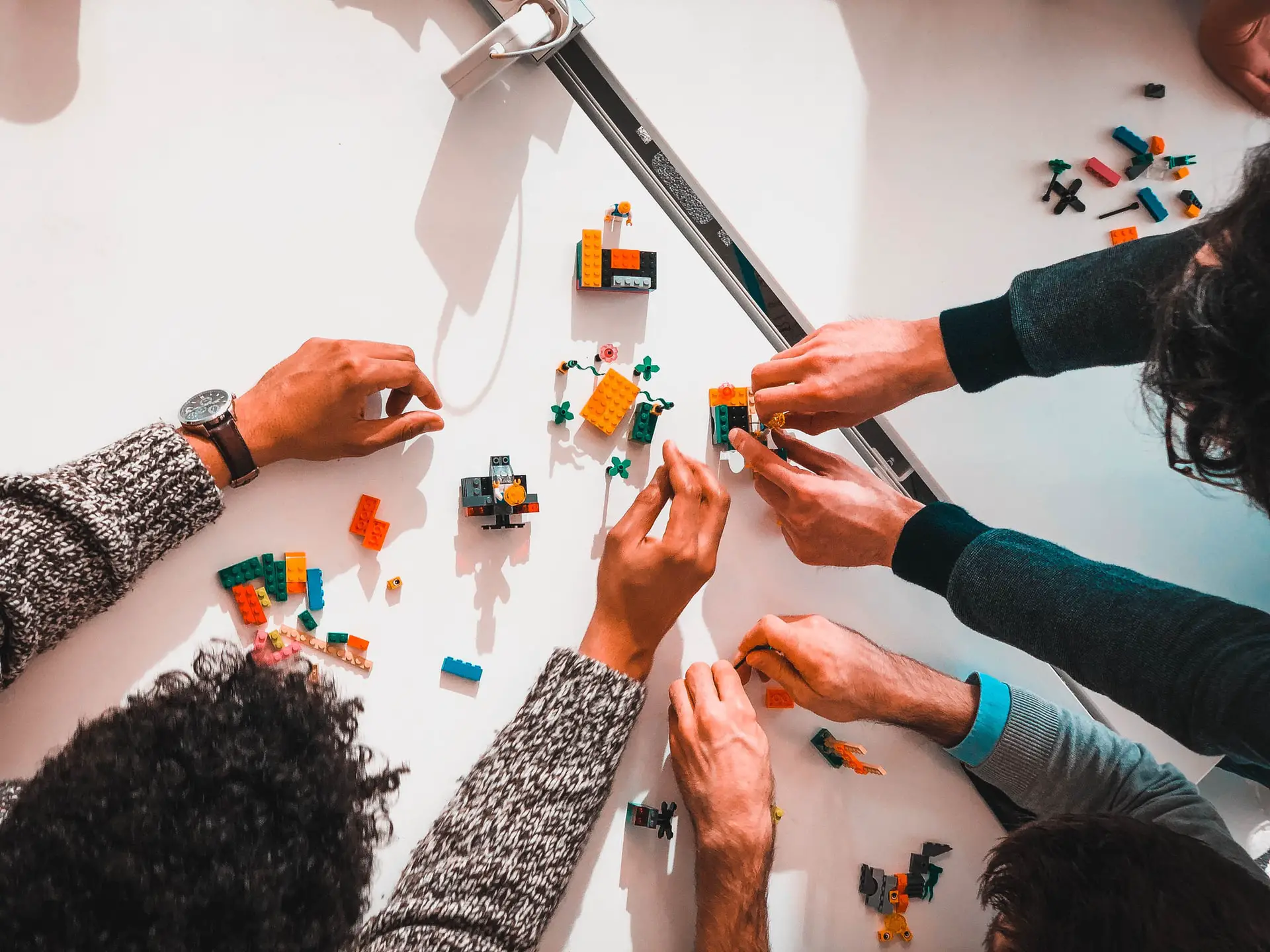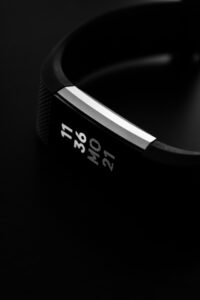This is not the first time that Lego has tried to bundle AR experiences with their products. They have seldom attempted to create toys that rely on a smartphone app to add digital action to real-world brick creations and have had varying success doing so. The primary drawback of these systems is the limitation of the AR aspects of gameplay intervening with the real-life experience.
Vidiyo, the company’s most recent stint with AR toys, specifically focuses on using AR to encourage kids to make interactive music videos starring tiny figures called Minifigs. Priced at $20, it comes as a kit comprising of a stage and 16 unique tiles called BeatBits, which the app scans to create various effects like sounds, dance moves, or video editing tricks. The game essentially puts the kid in a director’s seat by prompting them to arrange the tiles in the real-world stage area.
The system persuades the kids to do a lot more than just simply consuming AR content. But, it still gives very limited control for the overall output of the video. You need to buy more minifigs and tiles in “blind boxes” to expand the effects library but since it works like trading card packs, you have no control over choosing the ones that you can get.
The system follows the familiar STEM toy model of arranging tiles through a combination of both physical and on-screen functions. However, the company is not branding this as a “coding” toy per se. Moreover, for kids not interested in music, the company offers several other AR experiences such as Hidden Side sets, which enable kids to build haunted houses and hunt AR ghosts using the dedicated Lego app.
AR will undoubtedly play a huge role in the company’s future and Lego believes that Vidiyo presents a lighter, more play-oriented side to its offerings in the domain. Nevertheless, the company will continue to expand its portfolio of augmented reality products in a bid to creating more alternatives for boundless imaginative play.
Follow us on LinkedIn
Read other Articles




